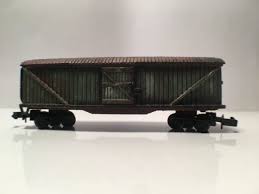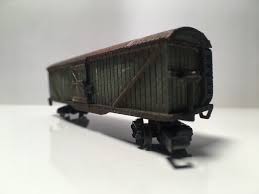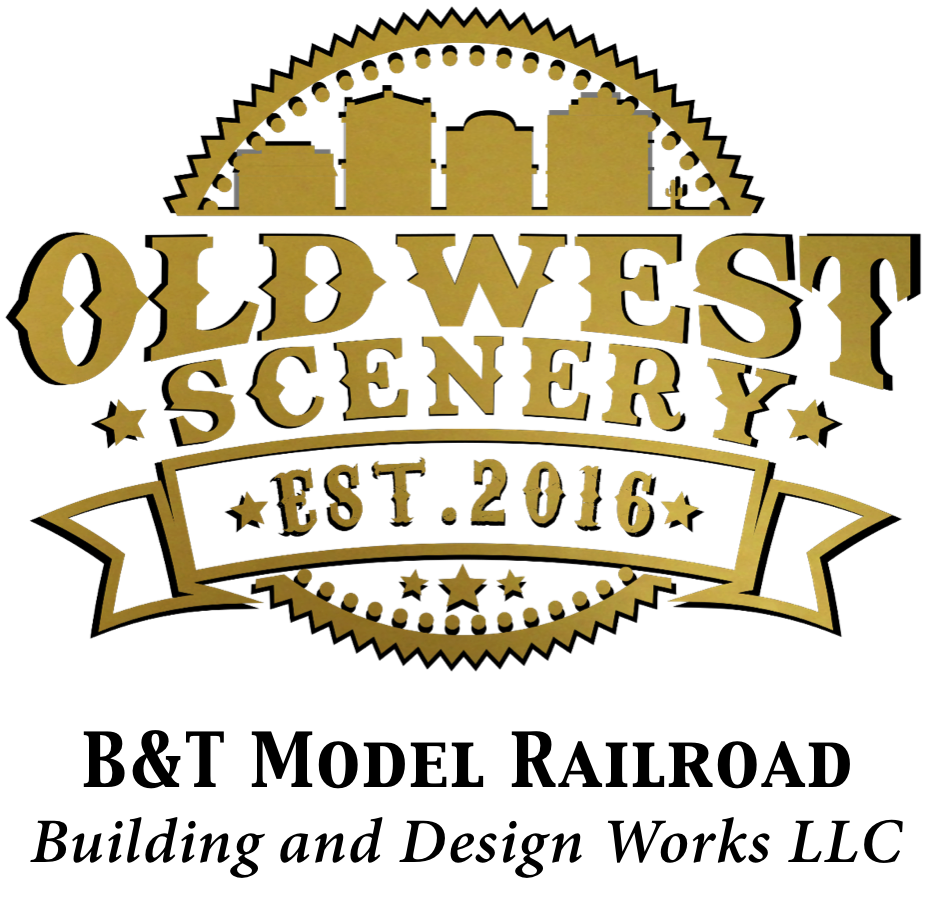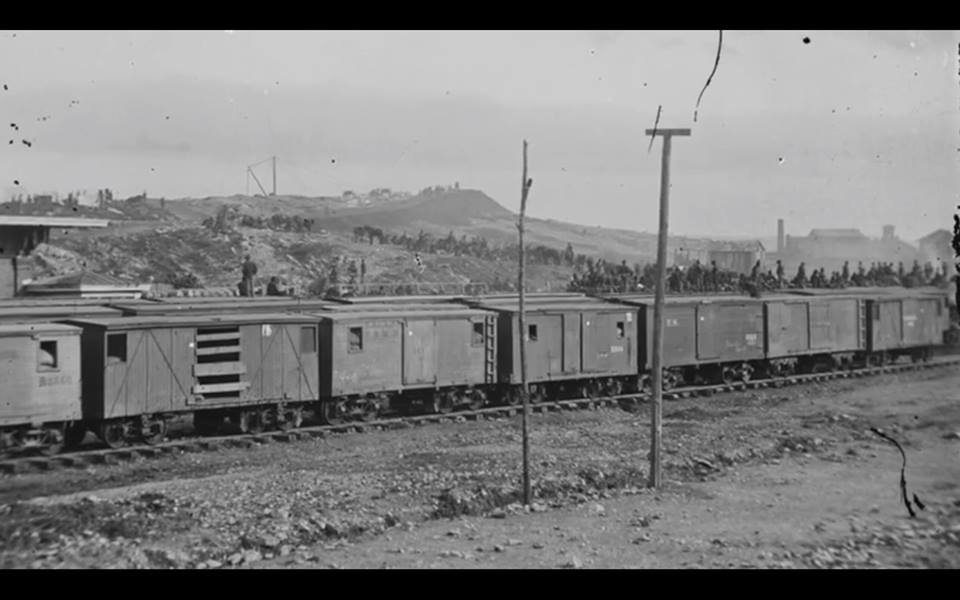Specific Item Information: This car is equipped with MTL couplers and trucks. Less expensive versions exist with no trucks/couplers or with Accumate trucks/couplers. An unpainted version is also available.
Model Information: B&T rolling stock models are created using 3D printing. They offer unpainted and pre-painted (unlettered) models.
Prototype History: During the early years of the industry freight was hauled on simple flatcars or early gondolas, which were essentially flatcars with short sides to keep the lading from rolling or falling off in transit (or in the case of bulk materials, to keep them confined). Operational practices at the time often followed those of England, birthplace of the railroad. However, since the United States experienced much harsher and unpredictable weather than its neighbors across the Atlantic, especially during the winter months, flatcars became impractical to handle more sensitive freight which must be kept dry. In Upstate New York was the burgeoning Mohawk & Hudson Railroad, the first chartered system in the United States which later became part of the New York Central, came up with the novel idea of covering its gondolas in 1833 since the railroad dealt with snow throughout much of the winter.
The M&H concept is often credited as being the first type of boxcar and the railroad went on to build a small fleet of the cars, which could be loaded from one end. Eventually, the car was heightened, and lengthened for ever-larger loads. As Mike Schafer notes in his book, "Freight Train Cars," this development proved a major deviation from English design and was one in a series of differences that made American railroading unique. By the latter part of the 1830s this new style of car was beginning to catch on across the rest of the industry as its versatility and value was realized. While the M&H invented the boxcar the pioneering Baltimore & Ohio is given the nod for developing the first practical boxcar design which was 30 feet long, 7 feet wide, featured side-doors, and capable of handling 10 tons of freight.
The M&H concept is often credited as being the first type of boxcar and the railroad went on to build a small fleet of the cars, which could be loaded from one end. Eventually, the car was heightened, and lengthened for ever-larger loads. As Mike Schafer notes in his book, "Freight Train Cars," this development proved a major deviation from English design and was one in a series of differences that made American railroading unique. By the latter part of the 1830s this new style of car was beginning to catch on across the rest of the industry as its versatility and value was realized. While the M&H invented the boxcar the pioneering Baltimore & Ohio is given the nod for developing the first practical boxcar design which was 30 feet long, 7 feet wide, featured side-doors, and capable of handling 10 tons of freight.
Road Name History: 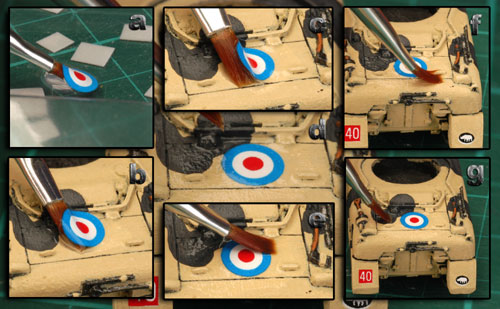 Some items are designed to have their owner add whatever company marking they choose, usually in the form of decals or dry-transfers. These items are painted in a generic prototypical fashion but with all company affiliation deliberately left off.
Some items are designed to have their owner add whatever company marking they choose, usually in the form of decals or dry-transfers. These items are painted in a generic prototypical fashion but with all company affiliation deliberately left off.

Brand/Importer Information: Like any great idea, ours came from of a personal desire for a realistic, N-Scale frontier layout. Old West Scenery answers that need with more than 60 complete N-scale ready buildups and scenery items. These structures are created with such amazing detail, you’ll feel like you have been transported back in time!
Our laser printed buildings & scenery products draw inspiration from iconic western towns, like Deadwood, Yuma, Dodge City, and Tombstone. Rustic frontier towns such as these tamed the unforgiving territories, alongside the mighty railroads that made their way across the American Frontier. All our N-Scale products are 3D printed using the latest laser technology in a process called “Additive Manufacturing”. This process allows us to produce complete buildings, ready to be painted and placed on your layout. No more glue or tape. No more finagling with small parts. And best of all, no more frustration and disappointment when your DIY kit just doesn’t turn out quite the way you hoped!
Our laser printed buildings & scenery products draw inspiration from iconic western towns, like Deadwood, Yuma, Dodge City, and Tombstone. Rustic frontier towns such as these tamed the unforgiving territories, alongside the mighty railroads that made their way across the American Frontier. All our N-Scale products are 3D printed using the latest laser technology in a process called “Additive Manufacturing”. This process allows us to produce complete buildings, ready to be painted and placed on your layout. No more glue or tape. No more finagling with small parts. And best of all, no more frustration and disappointment when your DIY kit just doesn’t turn out quite the way you hoped!
Item created by: gdm on 2018-12-11 08:56:40. Last edited by CNW400 on 2020-05-23 16:11:53
If you see errors or missing data in this entry, please feel free to log in and edit it. Anyone with a Gmail account can log in instantly.
If you see errors or missing data in this entry, please feel free to log in and edit it. Anyone with a Gmail account can log in instantly.


